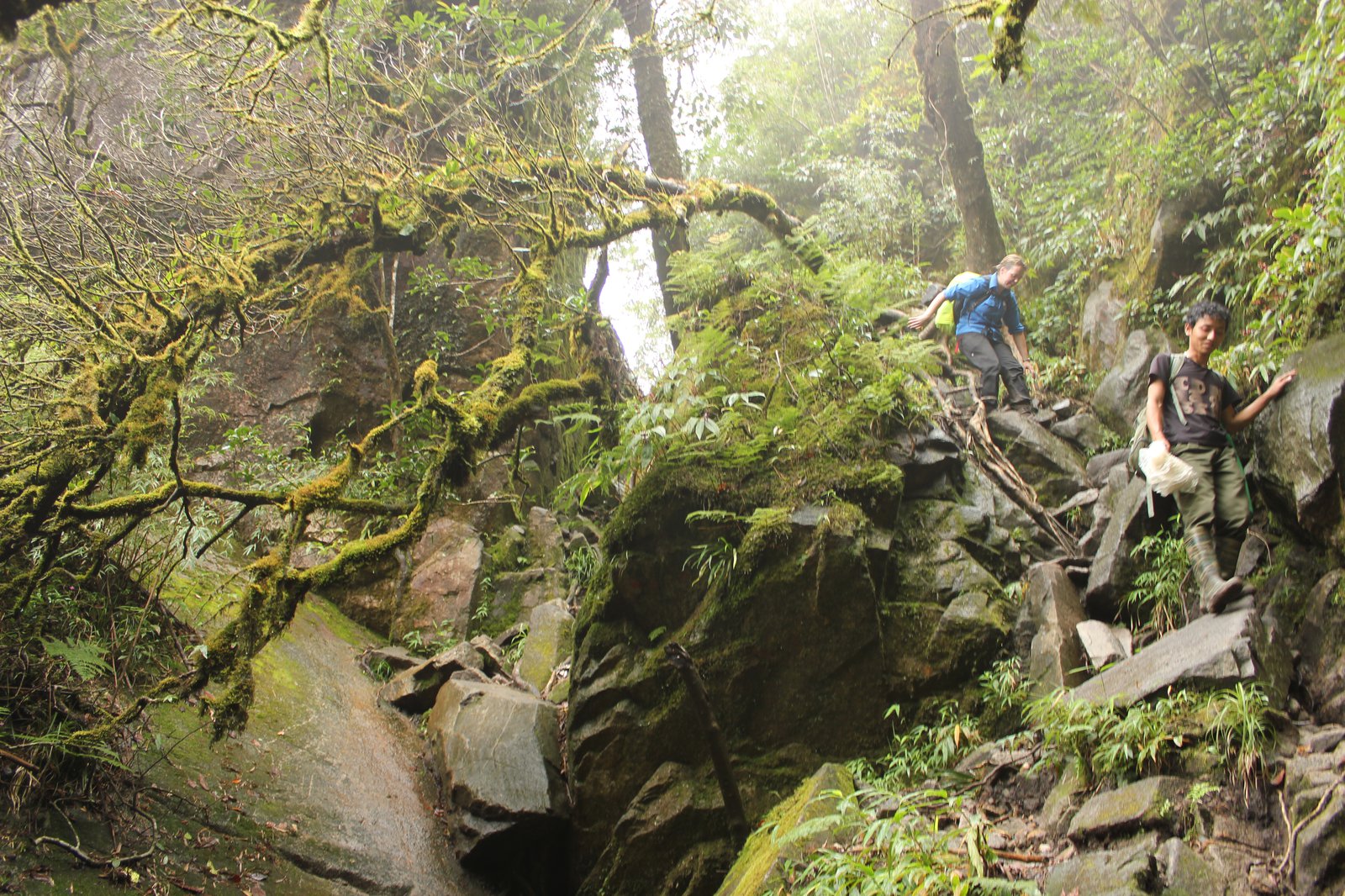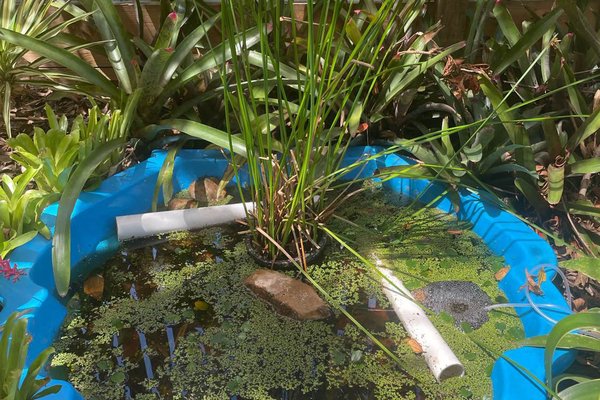Good news for one of the most threatened frogs in the world
When species are only known to inhabit a small area, they are especially likely to be threatened. Just one natural event such as fire or flood could wipe them out, and any human disturbance can be detrimental. One species known from a small area is the Critically Endangered Sterling's Toothed Toad (Oreolalax sterlingae) from northern Vietnam. For years, we have been working to learn more about this rare species and help ensure its survival. Recently we discovered this species in an entirely new location - fantastic news for the survival of the species!

© Australian Museum
When it comes to amphibians, Vietnam is among the most biodiverse countries in the world for its size, and is home to over 250 species of frogs, newts, and caecilians. While some are common and even occur over a wide area, including neighbouring countries, many are unique not only to Vietnam, but to small areas within it. With all their eggs in one basket, so to speak, these “range-restricted” species are particularly vulnerable to local changes in their environment.
Two small frog species from Vietnam’s north, Sterling’s Toothed Toad (Oreolalax sterlingae) and Botsford’s Leaf Litter Frog (Leptobrachella botsfordi) are extremely range-restricted. Both are only known from a single site near the summit of the highest mountain in Indochina, Mount Fansipan. The total area these species occur in was conservatively estimated at a miniscule 8km2.

The high, steep-sided mountains of the Hoang Lien Range.
Image: Benjamin Tapley© Benjamin Tapley
Having such a potentially tiny range would be concerning enough, but to make matters even more pressing, these frogs’ habitat is threatened. The forest around the summit of Mount Fansipan has been heavily impacted by fires in the past, and the area is now a tourism hotspot. When Botsford’s Leaf Litter Toad was first discovered in 2013, garbage from tourism and even runoff from toilets was found in the same streams as the frogs. A few years later a cable car was built, meaning that visits to the summit are no longer limited to those who want to make the ascent on foot. Things were looking grim for these highly threatened frogs; because of this, they are considered Critically Endangered, the last threat category before Extinct!

© Benjamin Tapley
To better understand and help conserve Sterling’s Toothed Toad and Botsford’s Leaf Litter Frog, we wanted to find out whether they might be hanging on, more safely, somewhere else. Since 2016, we have been conducting collaborative research expeditions around Mount Fansipan and neighbouring mountains in the Hoang Lien Range looking for signs of these tiny frogs.
The hikes up and down these steep-sided and often muddy mountains were extremely challenging. One particular stretch, where the track seemed to be on a knife’s edge with clouds below us on either side, was particularly uncomfortable for those of us not so fond of heights. Icy rain fell on us and we shivered under tarps at night.

The terrifying path up the mountain.
Image: Jodi Rowley© Australian Museum
The hard work (and nerve) paid off, though. Evening searches along cloud forest streams met us with an astounding diversity of frogs, from internet-famous mossy frogs (Theloderma bicolor) to the Ailao Spiny Toad (Leptobrachium ailaonicum) with huge, white crescent moon eyes.
At four new sites, away from the Mount Fansipan summit, we even found Sterling’s Toothed Toad! One of those sites was a whopping 20 km away and over 500 m lower in elevation than where the species had been known. All these new localities have increased the species’ range from an estimated 8 km2 to 639 km2, making it much less vulnerable to extinction.

© Australian Museum
This is great news for Sterling’s Toothed Toad. While it’s not totally out of the woods, the safety net of these additional populations is exactly what the species needs to ensure it’s still around in the next few years.
We hope the same can be said of Botsford’s Leaf Litter Toad, which is yet to be found outside of Mount Fansipan. We haven’t given up, and will continue searching the misty mountains for good news.
Timothy Cutajar, Research Assistant, Herpetology, Australian Museum Research Institute.
Dr Jodi Rowley, Curator, Amphibian & Reptile Conservation Biology, Australian Museum Research Institute & UNSW Sydney.
Benjamin Tapley, Curator of Reptiles and Amphibians, Zoological Society of London.
More information
Tapley, B., Nguyen, L.T., Portway, C., Cutajar, T., Nguyen, C.T., Van Luong, H., Kane, D., Harding, L. and Rowley, J.J., 2020. A point endemic no more; a range extension for Oreolalax sterlingae (Nguyen et al., 2013) in Bat Xat District, Lao Cai Province, northern Vietnam. Herpetology Notes, 13, 497-500.

© Benjamin Tapley
Acknowledgements
These expeditions were part of an Ocean Park Conservation Foundation Hong Kong funded project to understand and protect the amphibians of the Hoang Lien Range, northern Vietnam. The project is a collaboration with the Zoological Society of London, Paignton Zoo, the Asian Turtle Program of Indo Myanmar Conservation and the Center for Rescue and Conservation of Organism (Hoang Lien National Park). Many thanks to all who made this work possible.












